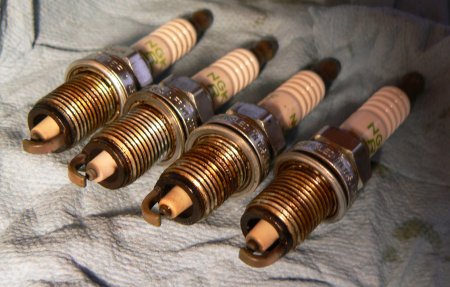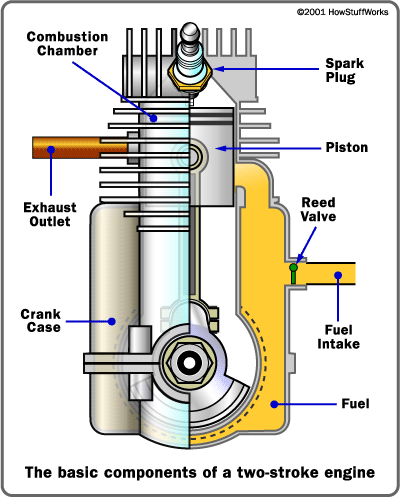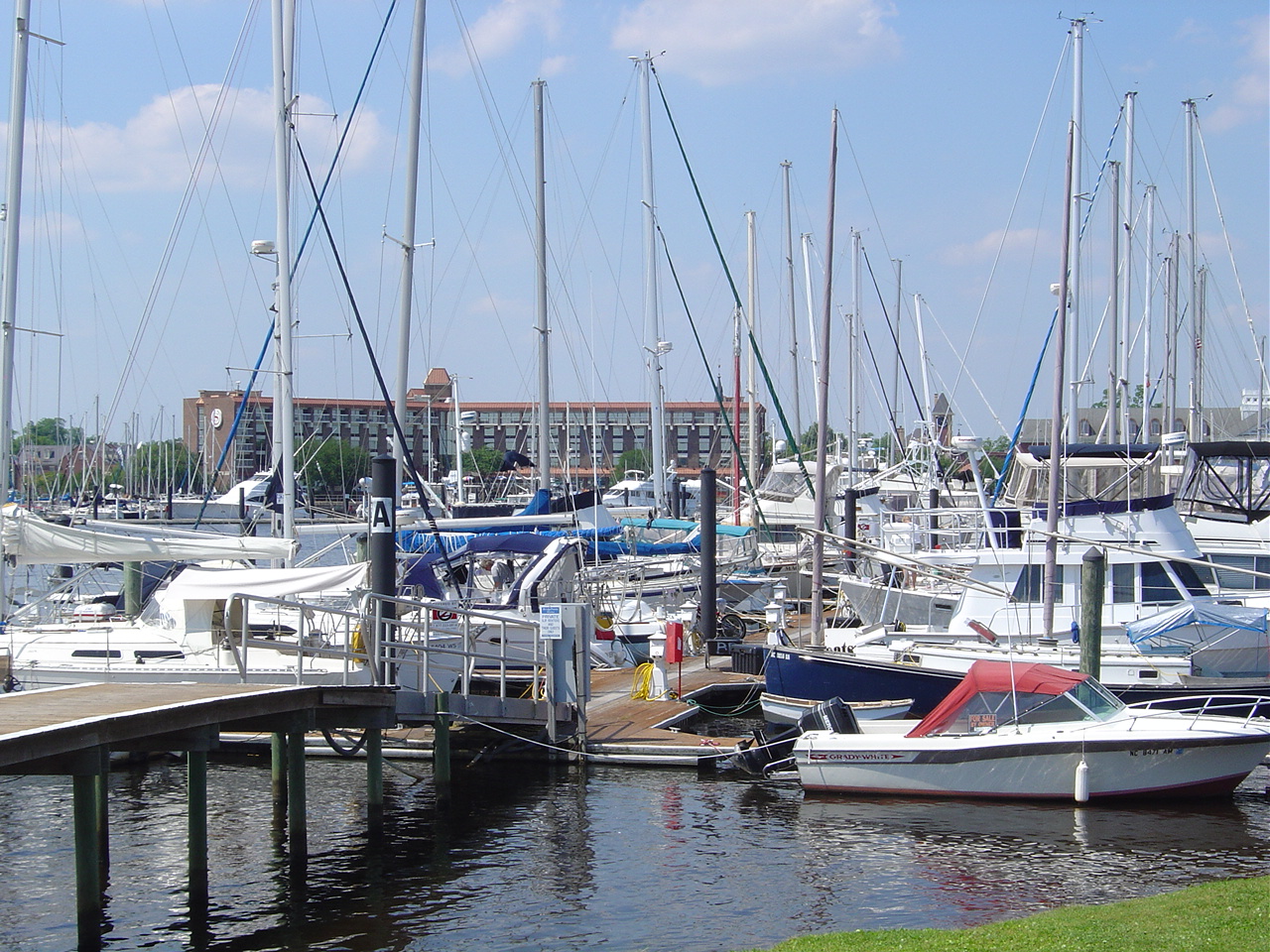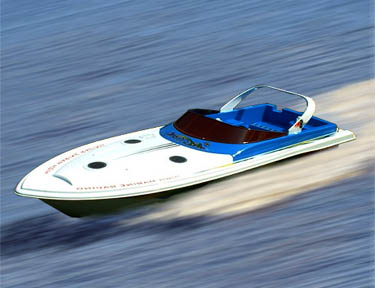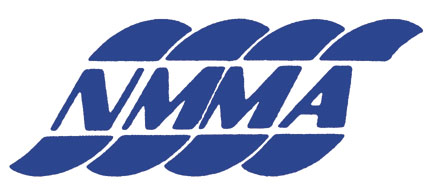Two Stroke Engine Advantages

While representing a much older technology, two stroke engines still have some significant advantages over their more advanced four stroke counterparts. The three main advantages include:
1.) Two stroke engines weigh less: two stroke engines don’t have valves, which simplifies their construction and reduces total weight.
2.) Two stroke engines have more power: two stroke engines fire once every revolution while four stroke engines fire once every other revolution.
3.) Two stroke engines work in all orientations: a two stroke engine works the same right side up as it does inverted, sideways, or diagonal, four stroke engines have trouble functioning if they’re not right side up.
These advantages make two stroke engines a simpler and at times more effective option for a motor. However, two stroke engines also cannot provide enough power to much larger objects. Two stroke engines all use two cycle oil for lubrication. The oil itself is formulated to cope with the intense conditions under which two stroke engines operate.


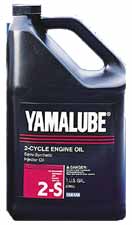 I’ve often received questions about whether two cycle oil has a shelf life, and if we’re talking about unused oil sitting on a shelf, then no. There’s no reason you can’t use two cycle oil that was refined even 50 years ago, though it won’t contain the same additives as newer oil. However, you shouldn’t leave oil in your oil tank for more than a year without use. Under these circumstances, the oil can solidify and become quite gelatinous. When the engine is started with this kind of oil inside of it, it can cause serious damage.
I’ve often received questions about whether two cycle oil has a shelf life, and if we’re talking about unused oil sitting on a shelf, then no. There’s no reason you can’t use two cycle oil that was refined even 50 years ago, though it won’t contain the same additives as newer oil. However, you shouldn’t leave oil in your oil tank for more than a year without use. Under these circumstances, the oil can solidify and become quite gelatinous. When the engine is started with this kind of oil inside of it, it can cause serious damage.